New plant names
On average, more than 50 plant species are given new names in Queensland each year. These newly named plants are formally ‘described’ under the international code that governs the naming of plants, and are then recognised as part of the established native flora of Queensland.
Information about newly-named plant species is published in taxonomic journals, including the Queensland Herbarium’s journal Austrobaileya, which includes descriptions, illustrations and identification tools called keys. Additional identification keys for Queensland flora are also available on KeyBase.
The Queensland Flora and Fungi Census records the status and distribution of all of the known flora, fungi and algae species in Queensland. It is updated regularly to include newly-named species, new records and new naturalisations, along with recent name and status changes that have occurred.
Recent plant names
Cryptachne (family Poaceae)
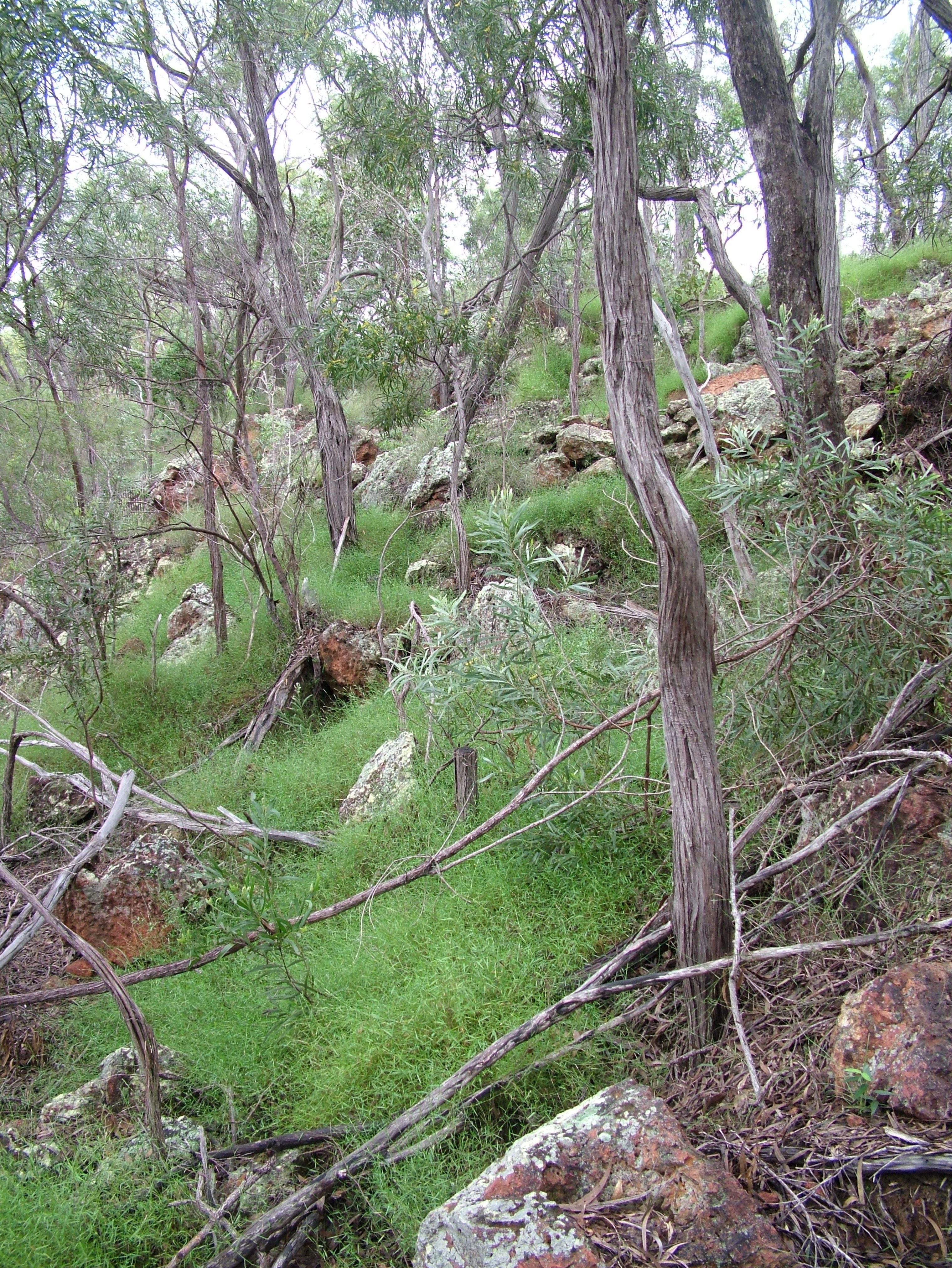

The newly named genus Cryptachne comprises three endemic (native and restricted to Australia) grass species found in subtropical habitats of eastern Australia. These grasses have a unique breeding system wherein each plant bears two types of seed heads - the usual type of seed head found at the tip of stem, and a less obvious and almost hidden flower head found lower on the stem. Cryptachne columboola is known only from a single location in a landscape threatened by clearing for mining and pasture development and is recommended for listing as Critically Endangered under Queensland’s Nature Conservation Act 1992. Cryptachne duaringa and C. trinerva are known from several small and fragmented populations, and are recommended for listing as Endangered species.
Heliodendron (family Leguminosae)
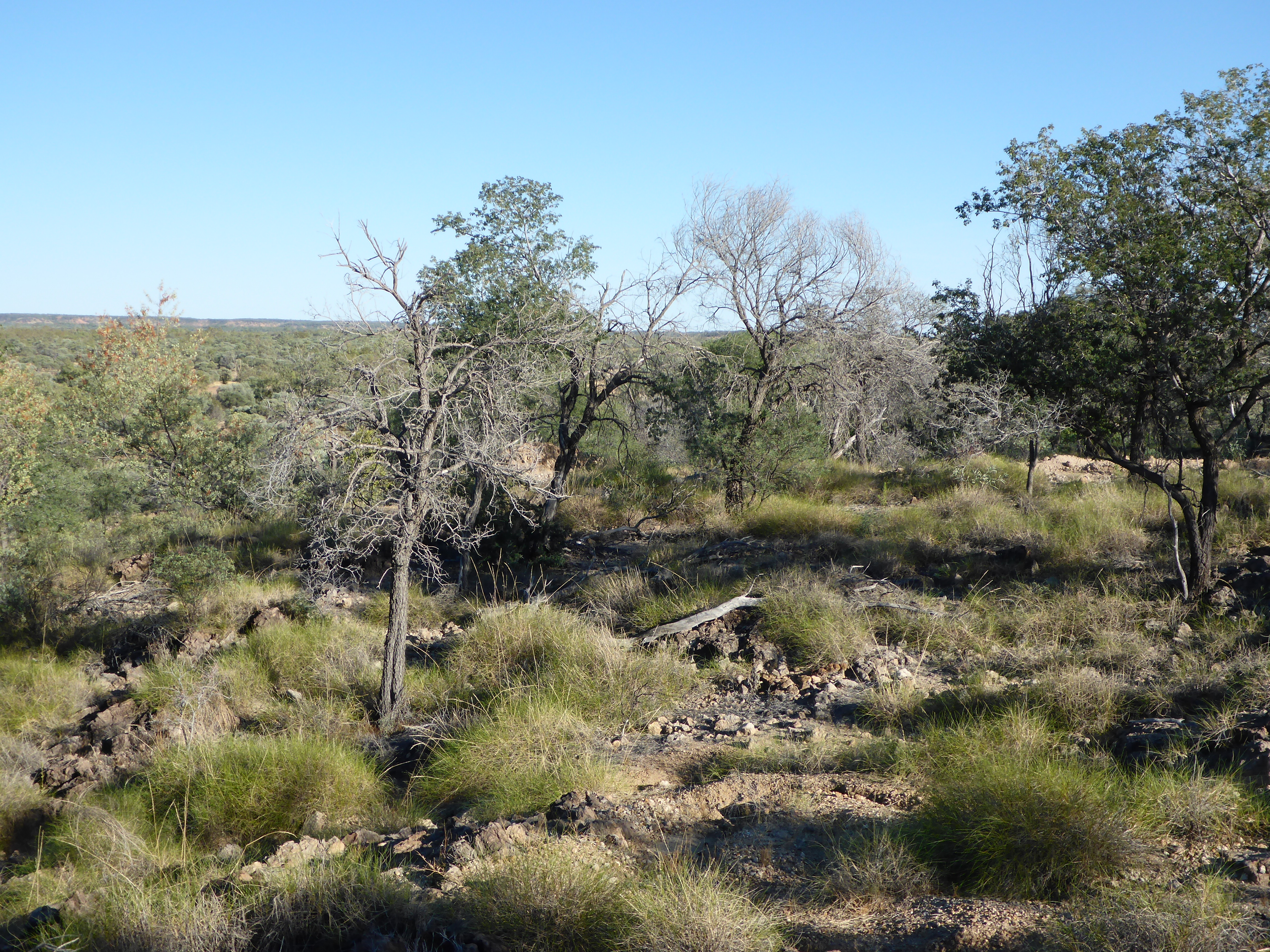

This new genus of mimosoid legumes Heliodendron consists of trees or shrubs with yellow to cream flowers arranged in globular heads. Its name is from the Greek helios (sun) and dendron (tree) alluding to the endemic distribution of the genus in Queensland, the globular, sun-like inflorescences of yellow flowers, and the tree habit. The genus includes three species, Heliodendron basalticum, H. thozetianum and H. xanthoxylon (listed as Near Threatened under Queensland’s Nature Conservation Act 1992). These species were formerly recognised in the genus Archidendropsis.
Hibiscus (family Malvaceae)


The genus Hibiscus is composed of more than 200 species that are grouped into different sections. The section Furcaria currently has 30 species described from Australia. The new species Hibiscus graniticus was recently recognised during fieldwork in the Einasleigh Uplands bioregion on southern Cape York Peninsula. It is a somewhat glaucous (bluish-grey), upright, multi-stemmed shrub with mauve flowers. Its species name refers to its habit of growing on granite.
Kayea (family Callophyllaceae)
The genus Kayea is composed of more than 70 species of trees and shrubs, which are found in Cambodia, India, Thailand, Vietnam, Malesia and Australia. Only three species are found in Australia, two of which have recently been described for Queensland. All Australian species occur only within the Wet Tropics bioregion of Queensland. Of the two new species, K. concinna occurs below 500 meters in the Daintree National Park, while K. meridionalis occurs above 600 meters in Wooroonooran National Park. The species name for K. concinna is derived from the Latin ‘concinna’ (neat, pretty, elegant), referring to the elegant leaves and growth habit of this tree. The species name for K. meridionalis is derived from the Latin ‘meridionalis’ (southern) referring to the distribution of this species being the southernmost of all known species of Kayea. Due to the known highly restricted distribution both species are recommended for listing as Endangered under Queensland’s Nature Conservation Act 1992.
Neptunia (family Leguminosae)
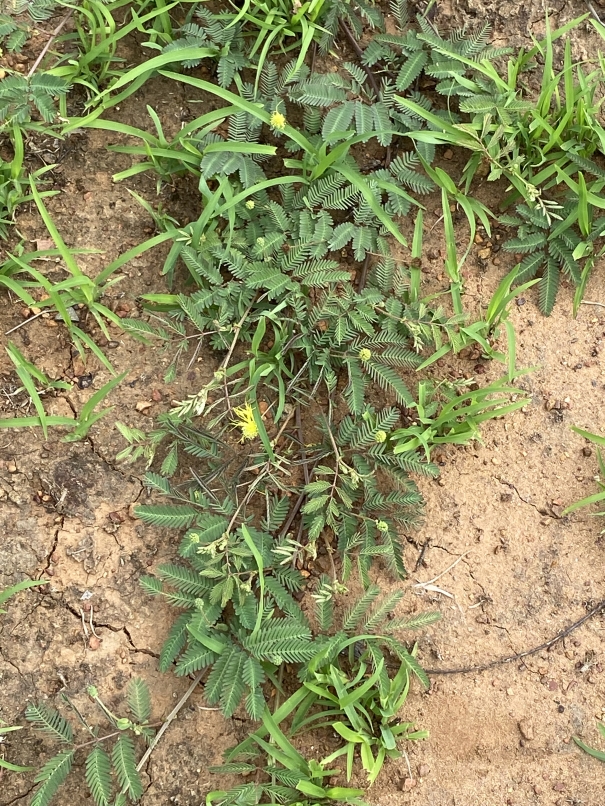

The genus name Neptunia is derived from Neptune, the Roman god of freshwater and the sea, and alludes to the aquatic habitat of the first named species in this genus. In recent name and classification changes, 11 native species of Neptunia are now recognised for Queensland, including six that are newly described: N. heliophila, N. insignis, N. proxima, N. scutata, N. tactilis and N. xanthonema.
All species of Neptunia have yellow flowers, and are known as ‘sensitive plants’, because their leaves quickly fold up when you touch them, then open up again several minutes later.
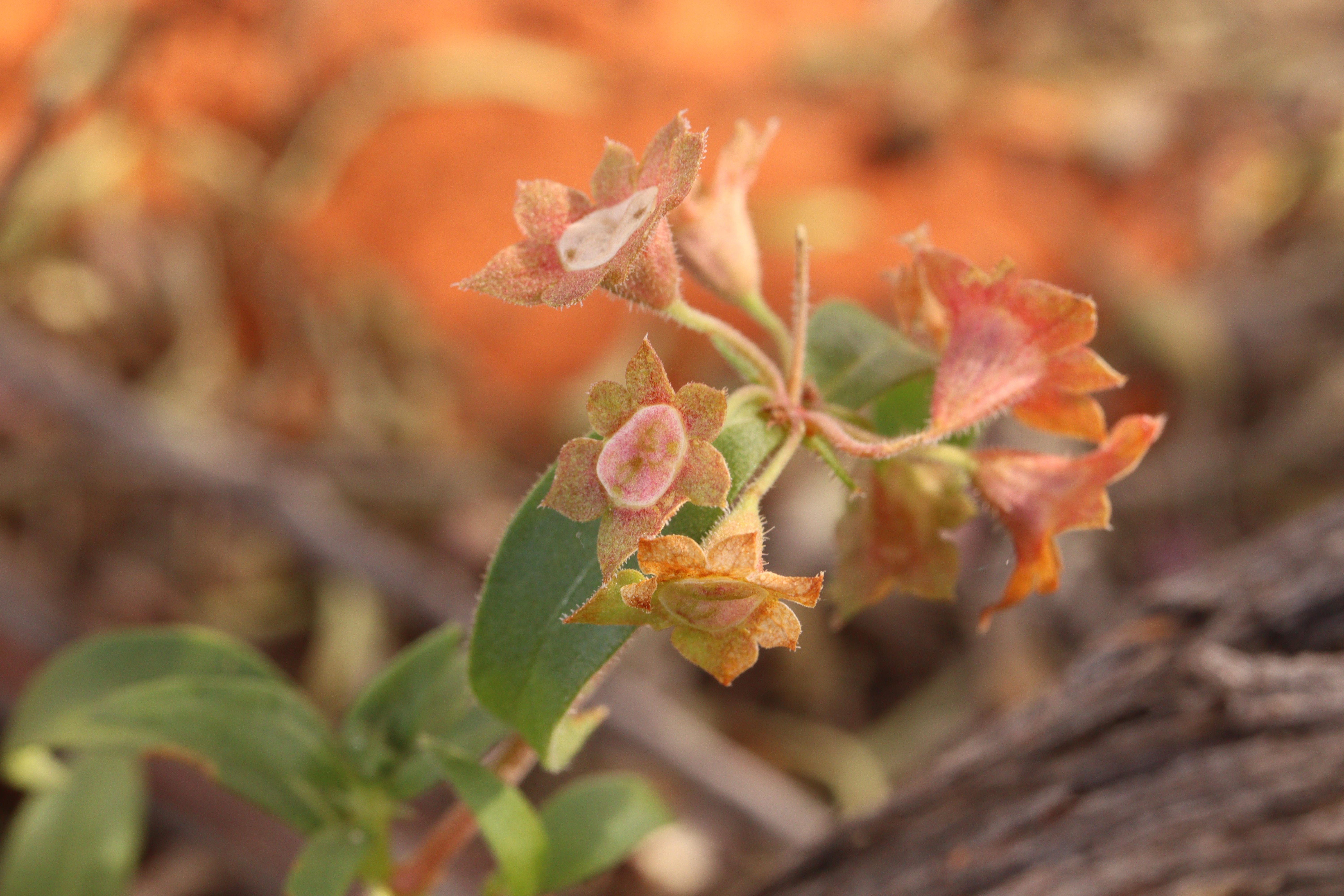

Pomax (family Rubiaceae)
Pomax is a genus composed of small trees or shrubs with inconspicuously coloured, nectarless, odourless and wind pollinated flowers. There were previously two recognised species in Australia. The recently described species, Pomax ammophila, occurs in central inland Australia in Western Australia, Northern Territory, Queensland and South Australia. The species name is derived from the Greek ‘ammophila’, which means sand-loving, referring to the sand dune habitat where Pomax ammophila grows.
Stolonochloa (family Poaceae)
The new genus, Stolonochloa, applies to two endemic grasses, S. pygmaea and S. lachnophylla, formerly known as Panicum pygmaeum and P. lachnophyllum, respectively. These grasses, which occur along the east coast of Australia, bear stolons (horizonal stems) located above the ground. Both species typically grow to about 20cm tall in small patches in or adjacent to rainforests in shady habitats.
Thysanotus (family Laxmanniaceae)
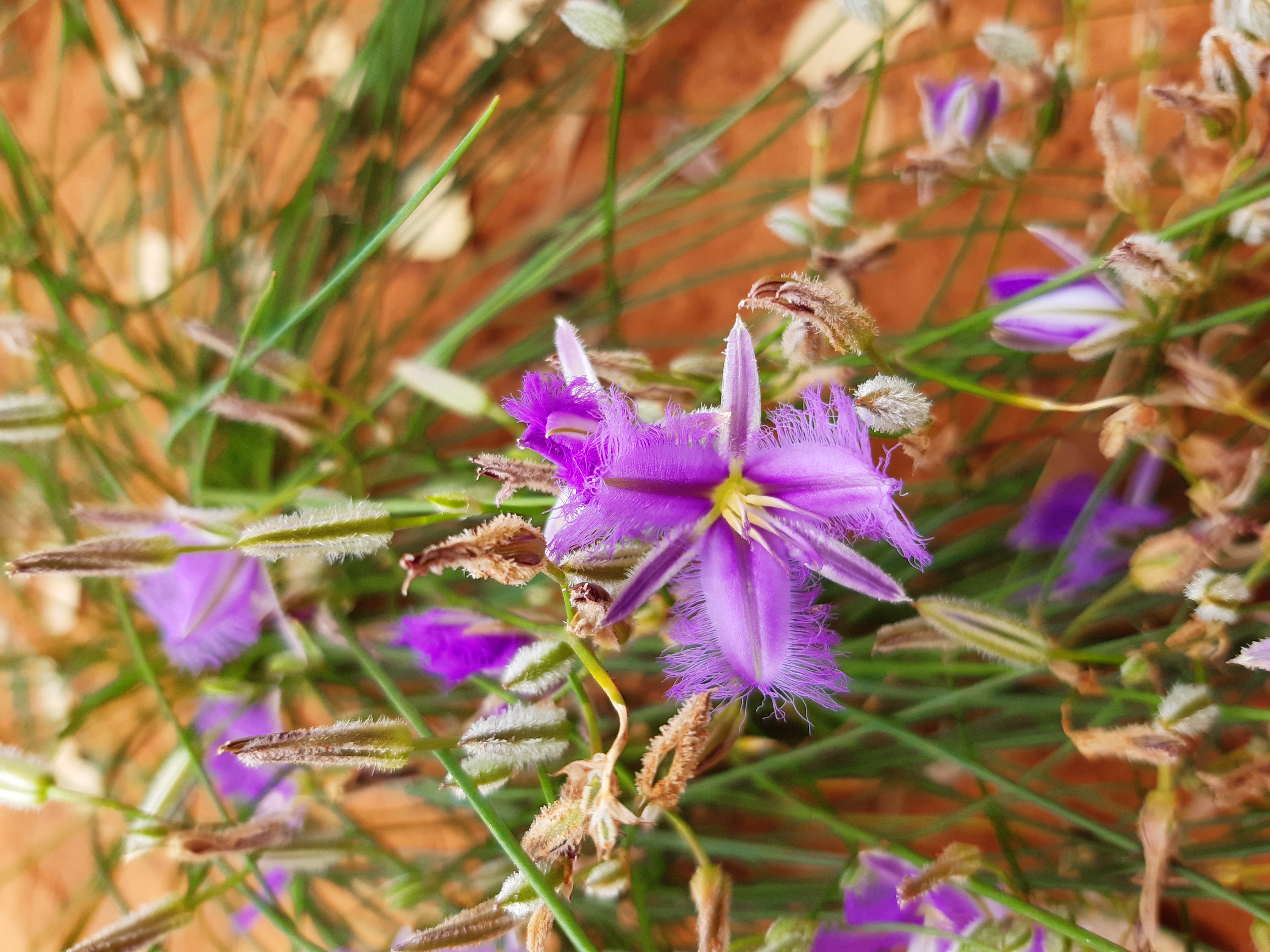

There are currently 55 described species of Thysanotus or ‘fringe lilies’, and all except two species are restricted to Australia. The majority occur in Western Australia, while Queensland has three species and one subspecies. The new species, Thysanotus admirabilis, was found during ecological research field work in a small area of Mariala National Park and a neighbouring grazing property in western Queensland. Its name is derived from the Latin for ‘admirable’, worthy of admiration, and refers to the surprising and astonishing appearance of the petals and sepals, which are covered with white hairs. This feature distinguishes the species from all others in the genus.
More information
Most of these articles can be accessed online under Austrobaileya. More information, publications and reports can be found under Queensland Herbarium publications.


